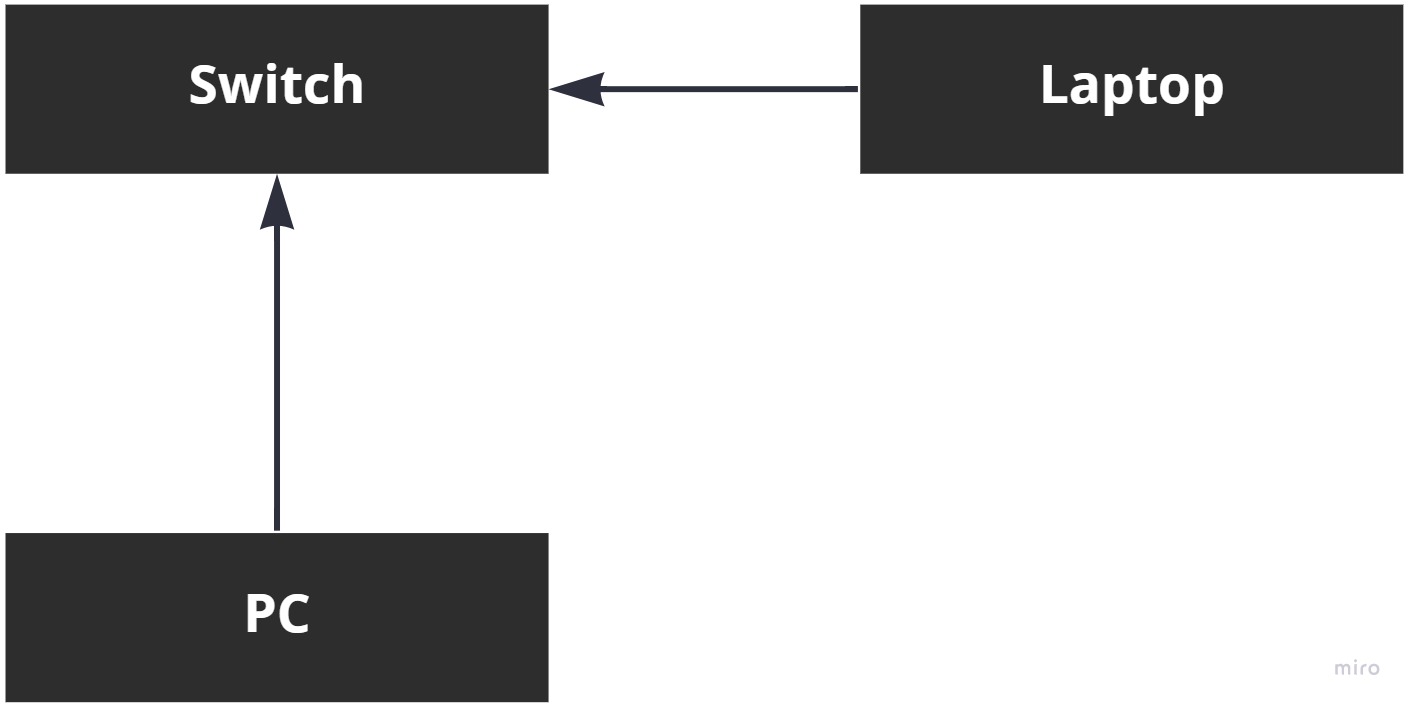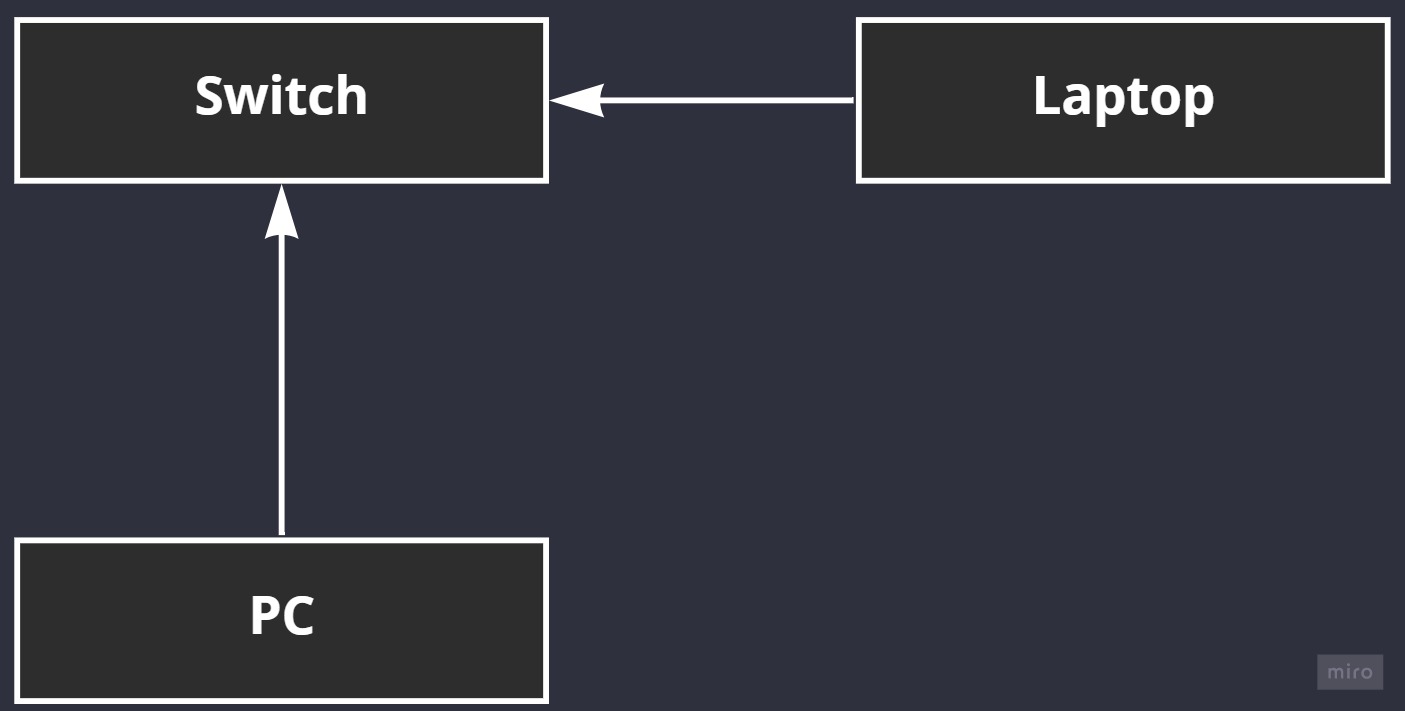Networking Switch#
A switch lets computers on a local network talk to each other. We'll cover how this works when we get into the chapter on networking, but just know that switches are physical devices that are (generally speaking) located in the same physical building as the systems that are attached to them.
If you're at home using the Internet to read this book then you're using a switch right now. It's inside the "residential gateway" (or "router" as you likely call it) that your ISP gave you when you signed up to their Internet service. This "gateway" has a switch inside of it that allows all the local computers using the gateway to talk to each other as well as (remote) systems over the Internet.
Here's what a networking switch might look like:

(Helpameout, CC BY-SA 3.0, via Wikimedia Commons)
If you work in an office environment, you'll also be using a switch (several, actually.) These form what's known as a Local Area Network or LAN.
Note
This is also where the term "LAN party" comes from. This term is used to describe a gaming event in which multiple people come together in the same room, bringing their computers with them, to connect to each other via a LAN (a switch) so they can play games against each other over the local network (this isn't so common these days.)
Generally speaking, this is happening all transparently to you, the end-user. Your computer is either connected via a wired connection to the physical switch or you're using a wireless connection on, perhaps, a laptop. Regardless of how you're connected, your data and your traffic is being packet switched.
Here's a simple illustration of what a small LAN looks like:


These two devices can connect to each other and exchange data between themselves without having to go over the Internet. This is because they're connected to the same local network; they're connected to the same switch. This allows for local communication between devices, and nothing more.
When it comes to understanding switches, there isn't much for you to know at this point in your career. It's a simple piece of hardware with a simple objective: connecting computers on as a local network.
Check your understanding#
- T/F: A switch is used to connect to the Internet?
- T/F: LAN parties used switches to allow people to play games together?
Project#
Switches are a bit of an advanced topic at this point in time, so a project focused on them wouldn't make sense here. Instead, simply come to understand the above Key Points well and then move to the next topic.